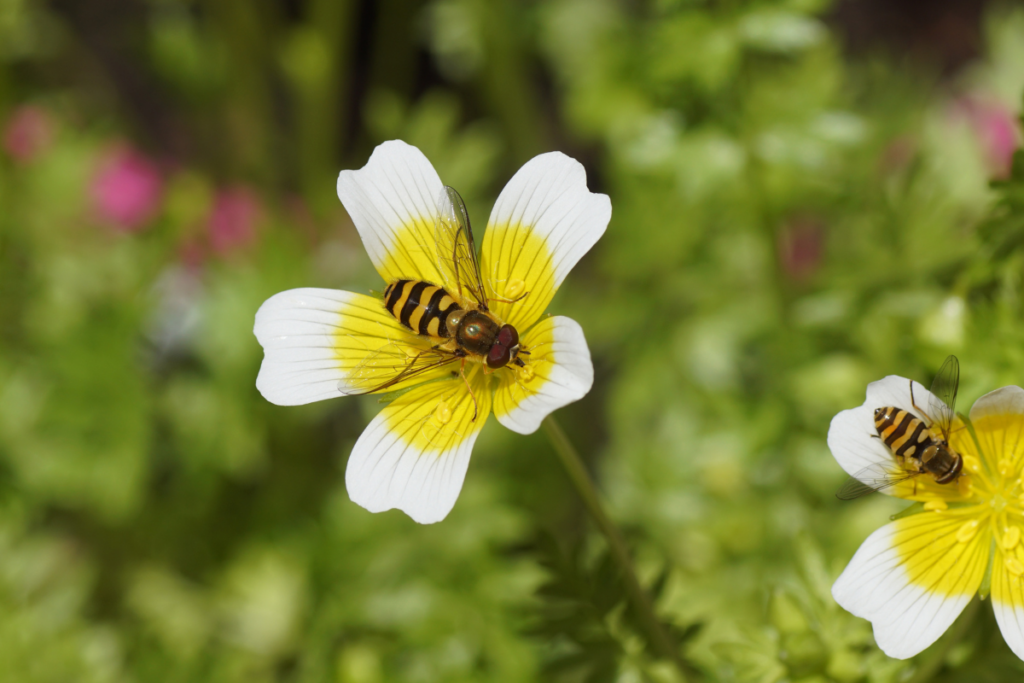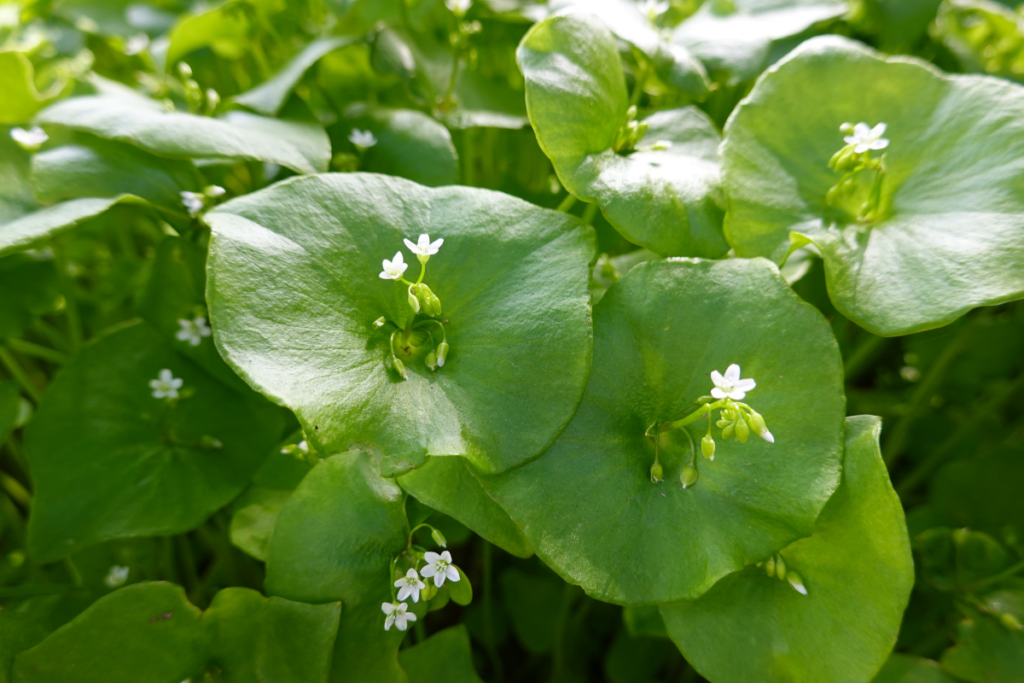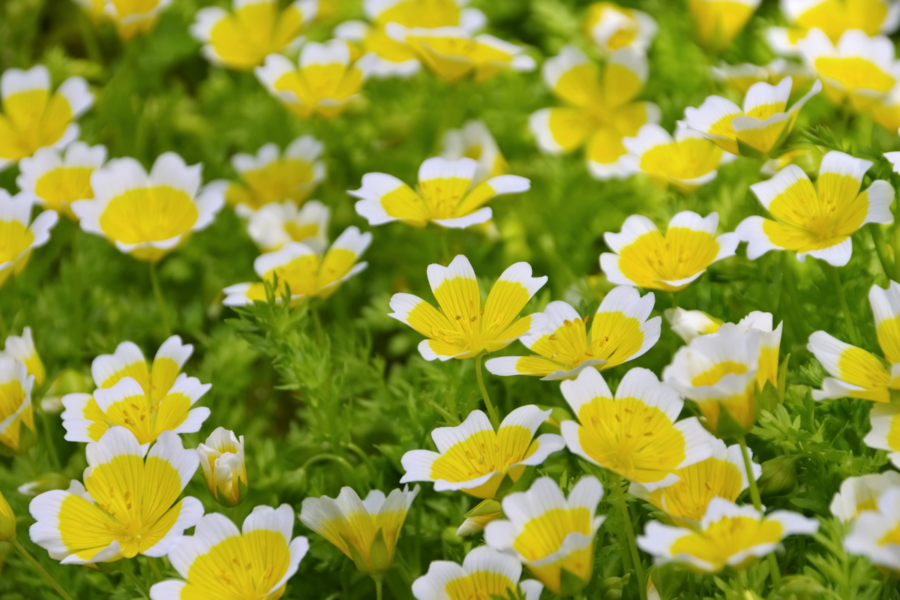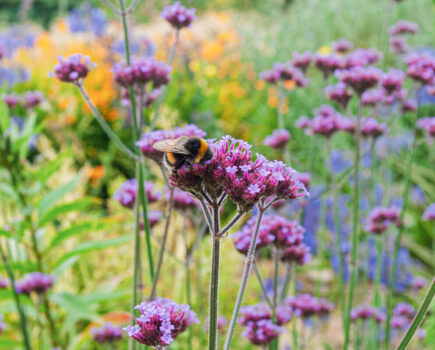A vital resource but just take care which variety you sow
The idea’s simple, practised by farmers for millennia. As crops and bedding go over they leave our soil bare and more vulnerable to the elements, so green manures (which grow rapidly) provide vital weather protecting cover, converting otherwise wasted sunlight, water and nutrients into masses of plant material.
We then dig this in while it is still young and succulent and it rots down becoming fertiliser to feed our next plants. We do this before it goes to seed or the value would be lost.

A bad first experience with green manures
All this makes sense so when I first ordered my green manure seeds, sowed, and got a wonderful cover just as promised, I thought I was well on my way. Then in late winter I started to dig this in (as it needs a couple of months to break down ready before you sow or plant new crops the following spring). Well that was such unbelievably hard work I thought as I re-sharpened my spade. Thankfully my soil for all its faults is light so easier to dig over than clay. However, over the coming weeks I watched horrified as, like the Hydra, my green manure regrew itself with even greater vigour.
Back then geotextiles were not available, but I did have loads of cardboard and newspaper so I heavily mulched the beds. Every time any green manure appeared through I added another piece on top. In mid-May I planted tomatoes, squash and courgettes through holes in the mulch and to be fair these did very well. But I’d learnt a lesson; the green manure I’d used was hard work, and difficult to incorporate into the soil in time before the first spring crops needed the ground.
A search for different varieties for the home gardener
At the time the commonest varieties sold were tares, vetches, ryegrasses and clovers, which exasperatingly are also four of the very hardest weeds to kill by digging in! The reason these were the most commonly available options is this is what was used in farming, where a plough on a tractor is easier and, far more effective than digging. With strong persistent root systems these plants take a long time to die, even under geotextile, which is a problem for gardeners wanting an early start.

I wanted a green manure that would be a lot easier and more rapid to deal with, so after many trials I reckon a far better one is the Poached Egg plant (Limnanthes douglasii). Inexpensive, easy to germinate in autumn and hardy, it excludes weeds well, grows to knee high at most, is excellent if some are left to flower for beneficial insects and to set seed. It’s also good to use in smaller spaces in-between winter crops, and in a no-dig garden as it is rapid to incorporate under a geotextile or easy to strip off then compost to return later, and the roots decay without re-growing.
As effective, and incredibly useful as edible to us and palatable to chickens is Claytonia (Montia perfoliata), or miner’s lettuce. This is brilliant, it may even self sow but does so conveniently as it doesn’t usually grow in summer but only during the colder months, perfect.
Do you have a favourite green manure? Please write in and let us know which variety you favour. editor@amateurgardening.com
Find more tips, advice and articles like this at the Amateur Gardening website. Subscribe to Amateur Gardening magazine now





